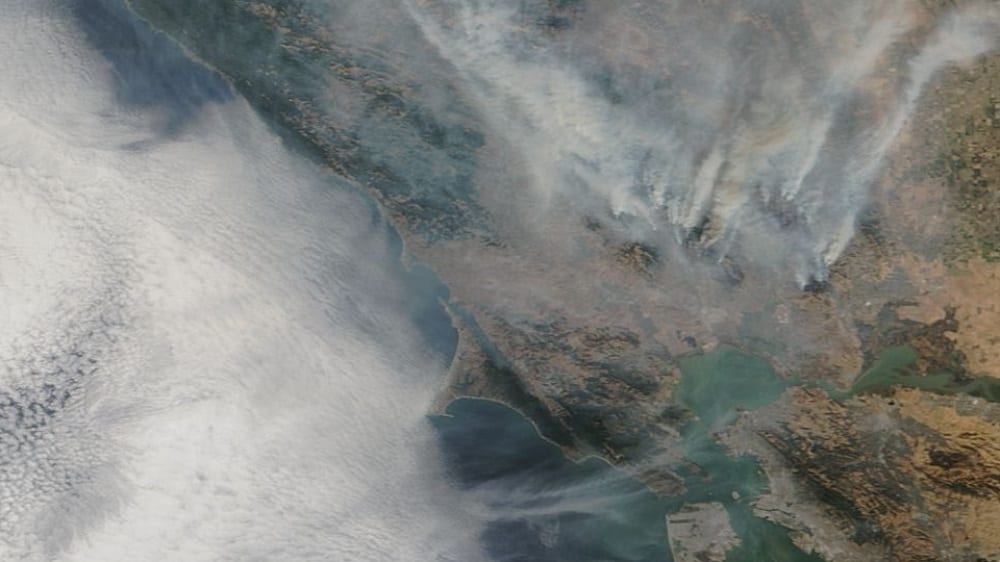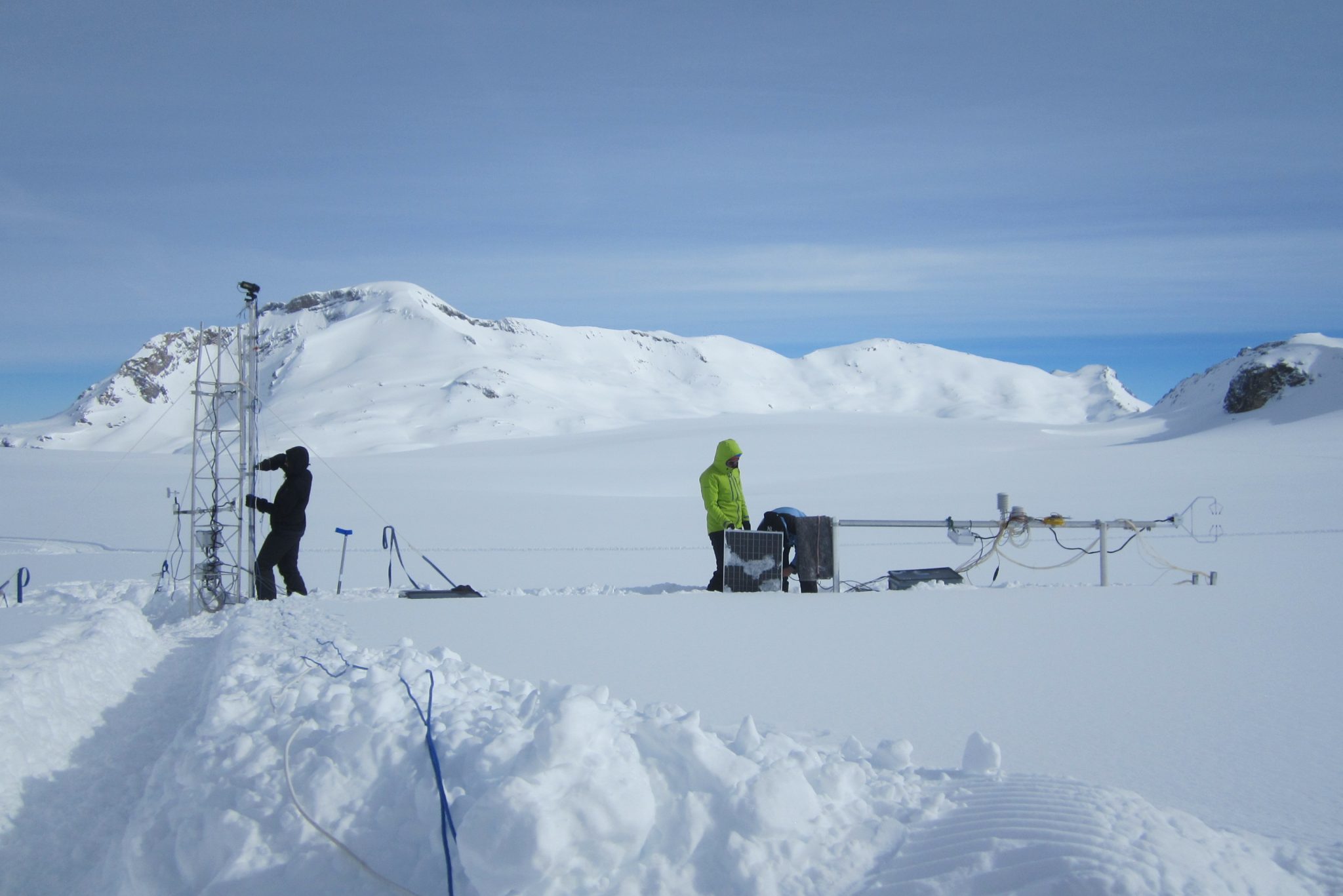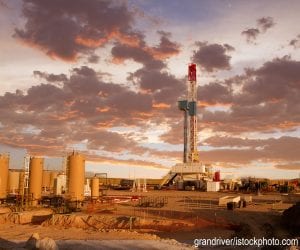Here at PopEd, we believe in the importance of interdisciplinarity, which means that we believe that many of the most challenging issues can only be understood by combining insights from multiple fields of study. In other words, the more ways we have to know, the more we know! We believe that environmental science is indeed an interdisciplinary field and that in order to be fully understood, it must be taught as such.
What Does it Really Mean to be “Interdisciplinary”?
In the U.S. and many other countries, we tend to divide knowledge into different disciplines, like biology, history, or computer science. Being interdisciplinary means that something draws from two or more of these disciplines. Truthfully, it’s hard to imagine that any subject cannot be interdisciplinary in the slightest. Take Sir Isaac Newton, for example. He studied math, physics, and philosophy, among many other things, and they all worked together to inform his theories.
What is Environmental Science?
Broadly speaking, environmental science is the study of the physical properties of the environment. This includes studying human impacts on the physical environment and the physical environment’s impacts on human health. (Despite many similarities, environmental science is not exactly the same as environmental studies, which more deeply examines how humans relate to the environment in our social and cultural lives, policies, and laws.)

Yes, Environmental Science is Interdisciplinary
Studying the physical environment means lots of things. We need to know ecology and biology to determine how life behaves in its natural environment, and to be alerted if a plant or animal species has been disturbed. We need geology and physics to understand the Earth’s natural processes, from ocean waves to earthquakes. We need chemistry to know whether toxins or chemicals are in our air, water, and soil, and whether humans are consuming those chemicals. Statistical modeling and computer skills also come in handy when analyzing large datasets and creating predictive models. And finally, clear communication and cultural competence can’t be understated. Scientists need to communicate their findings in comprehensible and empathetic ways.
Environmental science is broad, complex, and requires knowledge of many different disciplines. These disciplines are also interwoven, as we see in the example of NASA’s Oceans Melting Greenland (OMG) campaign. OMG measured ocean temperatures and salinity (that’s chemistry!). It also collected data on ice thinning and the shape and depth of the seafloor, which affects how much warm water can reach a glacier (geology!). Altogether, these data helped inform scientists on the effects of climate change in Greenland.

How Environmental Science Is Used by Other Disciplines
The insights we get from environmental science impact so many other disciplines. This is where we bring in more of the social sciences and humanities, getting into the territory of environmental studies.
For example, let’s say we find toxins in our water, and in the bodies of people who drink that water. Now, we need public policies to help those people and get them clean water. Those policies relate to sociology and economics, especially considering that marginalized and low-income communities are more likely to be exposed to degraded or threatened resources and environments. Also, if people are migrating elsewhere for better access to clean water, that’s connected to geography and demography.
Let’s look at another example. Environmental scientists have found that North America’s arable land is moving northward at a rapid pace of 160 miles per decade. By 2050, it’s projected to be as far up as the latitude of Fairbanks, Alaska. With these changes, U.S. farmers will need to adapt, perhaps through innovations in agricultural technologies or bioengineering new strains of wheat. We also need to address the policies and economics of food access and distribution.

What’s more, all of this is underpinned by ethics and philosophy. Environmental science will lead us to pertinent questions about life on Earth. For instance, how can we all live well and in harmony with other species? What do we value, and what can we sacrifice?
So, yes, we’d say environmental science is certainly interdisciplinary. And what’s more, we encourage you to continue making connections that will raise questions, consider solutions, and work toward a better world for us all.
Image credits: Tubbs fire satellite image (Tubbs fire by NASA); Glaciologists (Infrared Thermography to measure heat exchange over snow by UBC Micrometeorology is licensed under CC BY 2.0); Agricultural robotics (Robotics engineer with agricultural robots by This is Engineering is licensed under CC BY-NC-ND 2.0)




